ISO 45001:2018 – Certification of Management Systems for Occupational Health and Safety
Use ISO 45001:2018 to ensure and improve the safety and health of your employees and thus gain a strategic advantage. This globally recognised standard defines the criteria for an effective Occupational Health and Safety Management System (OHSMS). It is suitable for organisations of all sizes and industries. It provides a systematic framework for continuously improving health and safety performance, minimising risks in the workplace and managing health risks more efficiently. With an OHSMS certified by SQS in accordance with ISO 45001:2018, you demonstrate a strong and credible commitment to occupational safety and employee health both internally and externally.
ISO 45001 Product Manager
Eric Schütz

Accreditation by the Swiss Accreditation Service (SAS)

Our certificates are valid and recognised internationally

We have been certifying management systems since 1983

Around 7 000 customers trust our services
Occupational Health and Safety Management in accordance with ISO 45001:2018
The ISO 45001:2018 standard is the global standard for Occupational Health and Safety Management Systems. Its comprehensive catalogue of requirements allows your company to keep its processes and workflows state-of-the-art at all times. By the way: The number «2018» refers to the year of the last revision. Like all ISO standards, ISO 45001 is regularly reviewed and further developed in order to always fulfil the latest requirements for safety and health in the workplace.
Certification by the SQS
The SQS ISO 45001 certificate gives customers and other stakeholders the assurance that your company is managed in accordance with occupational health and safety criteria. The certificate is valid for three years. After the initial certification, a surveillance audit takes place in each of the following two years. These shorter audits check whether the standard requirements are met and whether the management system is further developed. However, the audits are more than just control visits: The experienced SQS auditors provide you with a valuable external view of your organisation and recommendations for the continuous improvement.
Recognition and accreditation
Not every ISO certificate is worth the same. The competence and reputation of the certification body are decisive for its recognition on the market.
SQS is by far the leading provider of management system certificates in Switzerland. It was the first to be authorised by the Swiss Accreditation Service (SAS). This federal authority controls the certification bodies, i.e. it checks the suitability and conformity of the auditors. Finally, the SQS is globally networked.
For these reasons, SQS certificates for management systems according to ISO 45001 and many other ISO standards are recognised on all continents. They are your door opener to new markets.
Combinations of certificates
Many of our customers who work with ISO 45001 combine their certifications. Thereby, ISO 9001 for quality management functions as a basic standard. Other topics and standards can be integrated - for example ISO 14001 for environmental management, ISO 26000 for social responsibility, ISO 31000 for risk management or ISO 50001 for energy management. You can thus create important synergies.
The harmonised structure of the ISO standards facilitates such integrated management systems because the various standards have the same topics and core texts. This allows you to avoid duplication, exploit synergies and improve and certify your organisation with regard to various objectives.

Hello, I am Eric Schütz
Would you like to improve occupational health and safety in your company? Or would you like to have existing measures certified? We will be happy to help you with your concerns - myself as product manager, our account management team and, of course, our auditors. Our aim is to make the certification process as uncomplicated and profitable as possible for you.
Please let us know how we can help. We look forward to hearing from you!
Kind regards,
Eric Schütz
Improvement of occupational health and safety
Occupational Health and Safety is at the centre of ISO 45001. A certified management system for safety and health at work supports both the reduction of risks for your employees and the improvement of health conditions in the workplace. It therefore promotes productivity and quality of work performance and benefits both employees and the organisation.
Recognition and market access
ISO 45001 certificates from SQS are recognised worldwide. This is due to the high reputation of ISO and the «Swissness» of the certificate. A certified Occupational Health and Safety Management System thus strengthens the credibility of your company and the trust of customers, authorities and other stakeholders.
Clear and optimised processes
ISO 45001 promotes process-orientated management. Organisations are encouraged to organise, monitor and continuously improve their processes. This leads to greater safety in the workplace, more efficient work flows and therefore greater overall employee satisfaction.
Continuous improvement
Continuous improvement is a key principle of ISO 45001. During the annual audits, experienced SQS auditors will provide you with valuable, concrete recommendations on how you can further improve your occupational health and safety performance.
Recognising opportunities and risks
ISO 45001 requires organisations to keep an eye on their context in order to identify and assess risks and opportunities. This means that even in times of accelerated change, you will not miss any relevant developments and can act proactively.
Instrument for sustainability
Customers, authorities, employees and other stakeholder groups demand that companies operate sustainably. The safety and health of employees are key objectives of the social sustainability dimension. A certified OHSMS allows you to implement appropriate actions and communicate them credibly.
If you feel you are well-versed in terms of OHSMS, you are welcome to register for certification using the form above. Otherwise, your path to ISO certification could look like this:
#1 - Training/establishing a OHSMS
Our experienced auditors impart their expertise to you in practice-oriented training courses on ISO 45001. Prepare yourself optimally for the introduction of the OHSMS and the certification of your company.
#2 - Register for certification
After your registration for certification, you may benefit from a preliminary talk or pre-audit. The pre-audit identifies system-relevant gaps and enables an efficient certification process.
#3 - Auditing
We first review your system documentation, assess your readiness for certification and draw up a detailed audit plan together with you. Our auditors then visit your company to inspect the relevant test objects and draw up a report.
#4 - Certificate valid for three years
In case of a positive report, you will receive the ISO 45001 certificate in digital and printed form. You may communicate it internally and externally for three years. Annual audits ensure compliance with the standard and enable continuous improvements. A comprehensive recertification takes place after three years.
FRAISA AG
550 employees – Sector tool manufacture and -processing
The challenge
«In order to survive in international competition, we have to deliver the highest quality and the greatest precision. At the same time, we must ensure the health and safety of our employees. These and other requirements from various stakeholders result in a great deal of complexity for us.»
Solution
«By applying ISO 45001, we can plan, implement, evaluate and further develop occupational health and safety measures. The standard helps us to recognise risks at an early stage and take preventative steps. The audits by SQS also help us to recognise potential efficiency gains and further synergies between occupational health and safety, environmental and quality management in our integrated management system and thus get the best out of the three corresponding standards.»
Thomas Nägelin, CEO
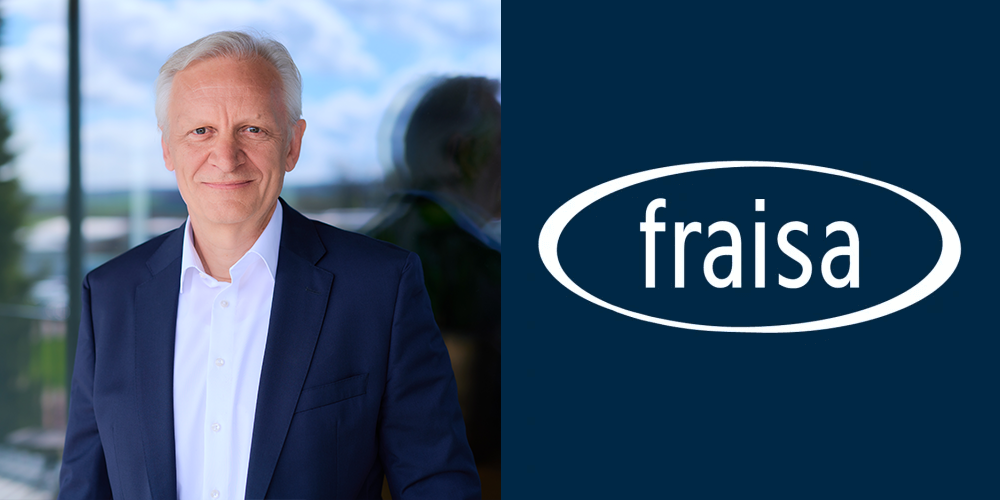
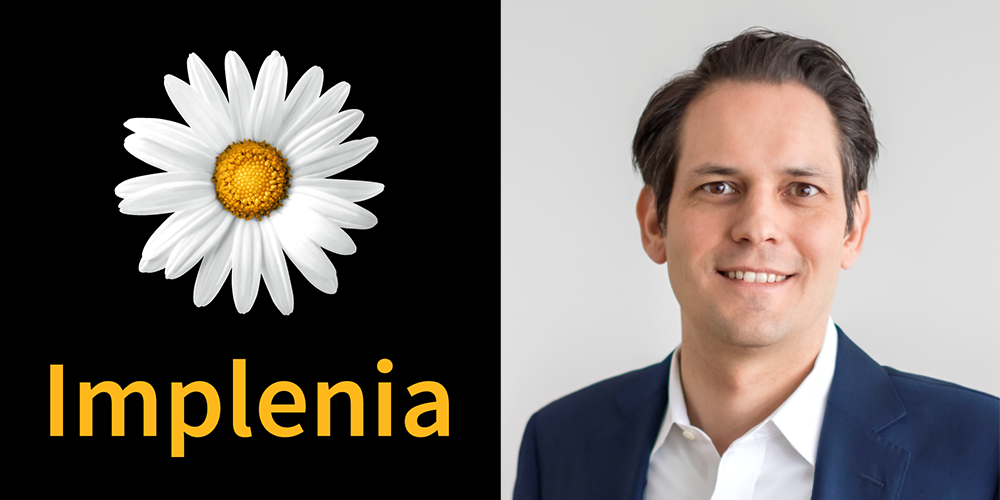
Implenia
9 000 employees – construction and property services sector
The challenge
«As one of the leading construction and property service providers in Switzerland, Implenia is always striving to guarantee the highest security standards. The diversity and complexity of our projects require a sophisticated management system that focuses on the security and health of our employees and customers.»
Solution
«By integrating ISO 45001 into our integrated management system (IMS), we have managed to establish systematic and preventative measures for improving occupational health and safety. The norm helps us to minimise risks and create a secure working environment. Annual certification by SQS ensures that our processes are continually reviewed and optimised. In this way, we can guarantee that our projects are implemented efficiently and, as far as possible, without any incidents.»
Ray Bertschler, Global Head Quality
The time required for ISO 45001 certification depends on various factors, for example the size and complexity of the company, the expertise of the employees involved, the software solution or the time available to establish the system. It usually takes between six and twelve months to develop the processes and applicable documents and to prepare for the certification audit, which takes at least one day. For large companies, the audit can take several days.
Once the initial certification has been successfully issued, the company receives a certificate that is valid for three years. In each of the following two years, a maintenance audit – which is smaller in scope – is carried out. These ensure that the requirements of the norm are met on an ongoing basis and that the company continues to develop. Before the certificate expires, a recertification audit is carried out and the cycle starts again.
The costs depend on various factors, for example the size and complexity of the company, the number of full-time employees or the number of locations requiring certification. One-off or ongoing costs for establishing and operating the system, such as internal staff costs, training for employees, consultancy fees and licences for process management software, must be taken into account. It is advisable to make a cost estimate in advance. ISO 45001 certification is of strategic importance and an investment in the future of the company.
SQS is a certification body authorised by the Swiss Accreditation Service (SAS). This means we are not permitted to advise you on establishing a management system. The separation between consulting and certification is a key factor for our independence and therefore for the credibility of our certificates. However, we do offer training courses for the establishment and continuous developmen of management systems; these are conducted by our experienced auditors.
The certification body is responsible for carrying out the certification audit in accordance with the regulatory requirements and checking the company for conformity with the requirements of ISO 45001. It is important to select an accredited certification body that is recognised by a national accreditation body, such as SQS. This is the only way to ensure that the certificate is widely recognised, including internationally.
All valid certificates issued by SQS can be found on our website under Certified organisations. To search for a company, enter the registration number.
Yes, a company can have several certifications at the same time, for management systems in accordance with ISO 9001 (quality management), ISO 14001 (environmental management), ISO 45001 (occupational health and safety) and others. These norms complement each other and enable companies to create an integrated management system that takes into account the various requirements of customers, employees and other stakeholders.
If the requirements of the norm are not met and the lead auditor declares so-called major or minor non-conformities, the company must rectify these within a specified period. If the company is unable to do so, the certification body may impose a suspension of a maximum of six months or cancel the certification procedure. However, these cases are extremely rare.
The company should ensure that all employees understand the requirements of the norm and are able to implement them in day-to-day operations. Training courses and programmes can help to raise awareness of the norm and its benefits and thus ensure the OHSMS operates effectively and efficiently.
The SECO guidelines, the EKAS, the SUVA documents (checklists, information sheets, vital rules, etc.) and ISO 45001 complement each other perfectly to ensure a comprehensive safety management system in the company. While SECO, EKAS and SUVA provide specific requirements and guidelines for the Swiss working environment and focus on national regulations, ISO 45001 provides an internationally recognised framework for occupational safety and health management systems. ISO 45001 lays the foundation for a systematic process for determining legal obligations and other requirements and promotes continuous improvement in the area of occupational health and safety. Implementing the ISO standard helps companies to fulfil both local and international requirements and promotes a culture of safety that goes beyond legal requirements. Therefore, companies that follow both national guidelines and ISO 45001 can strengthen their compliance and create a safer working environment.
ISO 45001 is compatible with the Swiss guidelines for occupational health and safety. It enables Swiss companies to integrate their legal obligations in the area of occupational health and safety into a comprehensive management system. The standard supports systematic risk assessment and the implementation of effective measures to comply with Swiss laws and regulations. By applying ISO 45001, Swiss companies can not only fulfil their legal requirements, but also continuously improve the health and safety of their employees.
ISO 45001 replaced OHSAS 18001 in 2018 to provide a more comprehensive and proactive approach to health and safety management at work. The new standard emphasises leadership responsibility, requires greater management involvement and improves the integration with other ISO standards such as ISO 9001 and ISO 14001. It broadens the scope by taking greater account of the organisational context and stakeholder expectations, resulting in more effective risk reduction and health promotion. The transition period for switching from OHSAS 18001 to ISO 45001 ended in September 2021.
The SN EN ISO 45001:2023 standard has been in place since 2023. It replaces SN ISO 45001:2018. The differences between the two standards are only of editorial nature. They have been adopted by the European Committee for Standardisation (CEN) and incorporated into a new Swiss standard by the Swiss Association for Standardisation (SNV) for the purpose of compatibility.
Due to the editorial changes, various accreditation bodies in Europe have adopted guidelines regarding their country-specific standard. This means that there is a need for action by the certification bodies and holders of the old certificates in these countries.
The Swiss Accreditation Service (SAS), on the other hand, is refraining from introducing new requirements. This means that neither the SQS as a certification body nor holders of ISO 45001:2018 certificates accredited in Switzerland need to take any action.
Why exactly this is the case and what editorial changes SN EN ISO 45001:2023 contains can be found in our information document.


